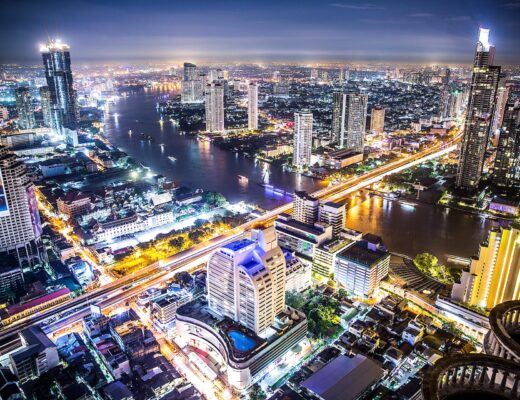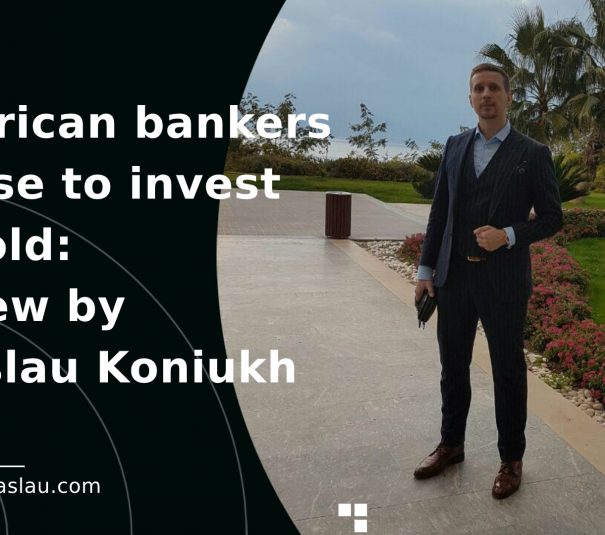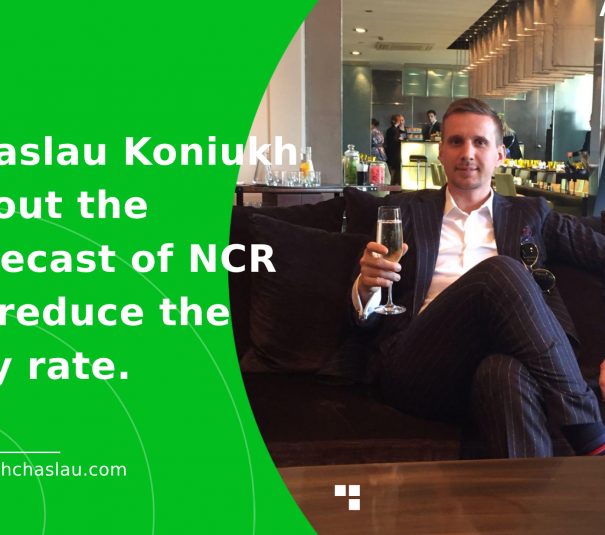Korean Stock Exchange: overview
The Korean Stock Exchange is a division of the KRX Korea Exchange. The latter combines the stock, futures, and electronic markets, including the KOSDAQ market. The main indicator of exchange activity is the KOSPI index, which is similar to the American S&P 500 index.
The KRX is the country’s only official securities market. The exchange covers a wide range of financial instruments:
– stocks;
– government and corporate bonds;
– derivatives (futures and options on indices and stocks).
So, the Korea Stock Exchange was established in its current form in 1956. Previously, there was also a securities market, but it closed after the Second World War. Over the following years, the trading infrastructure was gradually restructured and rebuilt. This eventually led to the exchange resuming full-fledged operations.
In 1979, market participants created unified rules for securities trading, thereby structuring the exchange’s activities.
Main development stages
The 1980s saw the market reach its heyday. At that time, Korea experienced an export-driven economic boom. Favourable macroeconomic conditions — such as a low exchange rate, moderate interest rates, and affordable oil prices — contributed to this growth. This combination of factors created a solid foundation for the development of the stock sector. Key events during this period include:
– foreign exchange funds targeting foreign investors started operating in 1981;
– the first issue of foreign convertible bonds took place in 1984;
– shares of national industrial giant POSCO were added to the stock exchange listing in 1988;
– foreign depositary receipts appeared in 1990;
– trading in stock index futures started in 1995;
– the launch of the KOSDAQ stock market took place in 1996.
Economic development stimulated foreign investors’ interest in the local market. However, Korean law restricted their ability to hold shares directly. In response, the government initiated several measures to liberalise the financial sector. One of the key initiatives was the establishment of the Korea Fund. It gave foreign investors access to the market through indirect investment instruments.
Establishment of a single platform
Another significant development was the creation of KOSDAQ, a trading platform designed to streamline trading activities. This opened up new opportunities for small businesses and venture capital companies.
In 2005, the markets merged to form the KRX, the single Korean exchange. Today, more than two thousand companies, including multinational corporations, are represented here. The largest of these are Samsung, Hyundai Motor, and LG.
The aggregate market capitalisation of companies listed on the KRX exceeds US$2.6 trillion. The main stock exchange indicator, the KOSPI index, is calculated based on their quotations. This reflects the dynamics of the market as a whole. In addition to the main index, there are sub-indices designed to track different market sectors.
When it comes to investing, exchange-traded funds are a popular option. This investment vehicle is relatively low risk and provides portfolio diversification. The Korea Stock Exchange also offers other ways to invest in reliable local companies.










